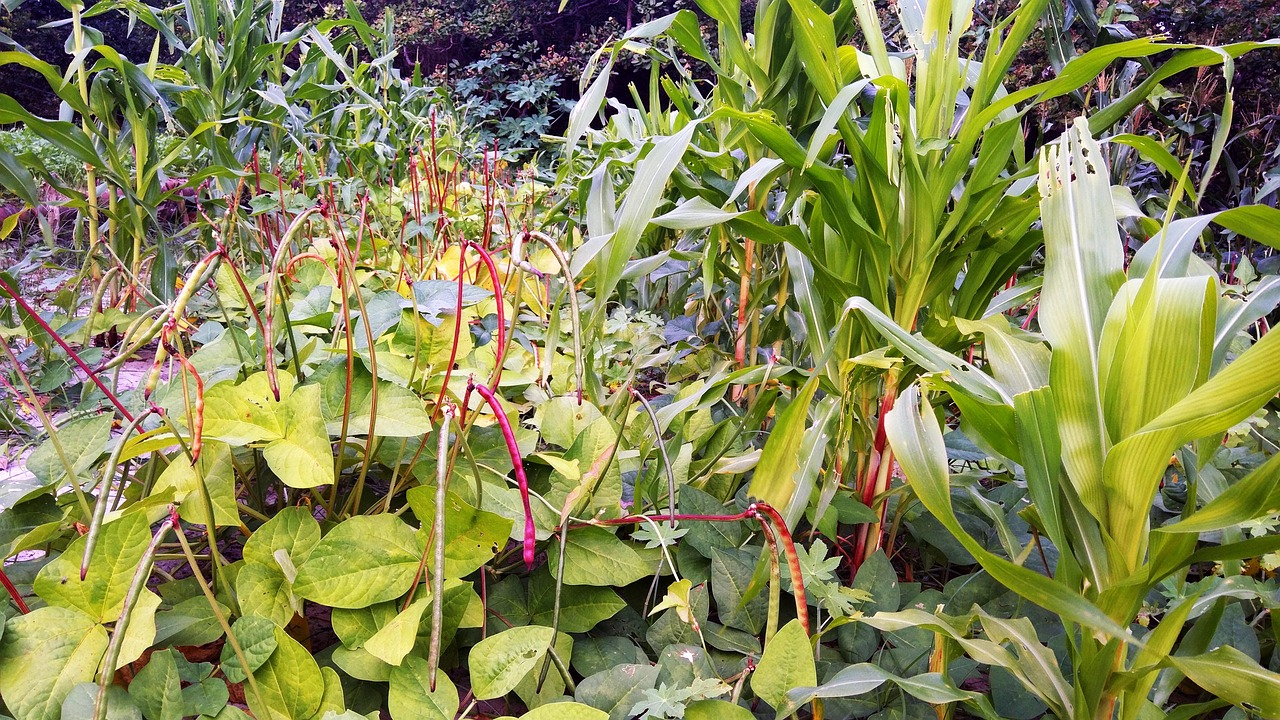The agroforestry development programs of the Philippines are an integral part of the larger reforestation efforts. The Philippines has many forestlands. Many people live near or inside these areas. Most of them are poor. Current efforts call for the reforestation of more than six million hectares. While the reforestation is the most prevalent concern, OPISAC takes an integrated and adaptive approach to agroforestry development reforestation. Among the many facets of this approach are the introduction of large-scale food forests, strategic lumber and timber plantations, and other functions to further increase the sustainability and efficacy of the OPISAC sustainability initiative.
They depend on the forest to survive. They need food, water, wood, and land. At the same time, the country needs to protect its forests. These forests provide clean air, water, and shelter for many plants and animals. They also help stop floods and climate change.
Because of these needs, the government started a program. It is called the Community-Based Forest Management Program.
What is the Community-Based Forest Management Program
The Department of Environment and Natural Resources created this program in 1995. It gives local people the legal right to care for parts of the forest. The people form small groups called People’s Organizations. These groups get an agreement from the government. This agreement gives them the right to use the land for 25 years. They can also ask for an extension of 25 more years. These groups must protect the forest. They must also use the land in a way that helps both people and nature.
Purpose of the Agroforestry Development Program
The Agroforestry Development program has two main purposes. One purpose is to reduce poverty. Many families who live near forests are poor. They need better ways to earn income. The other purpose is to protect and restore the forest. Many forests in the Philippines have been damaged by logging, mining, and farming. The program helps people use the land in a way that does not destroy it. This goal supports sustainable development.
What is Agroforestry Development
Agroforestry Development is a way to use land. It combines farming with tree planting. People plant trees, crops, and sometimes raise animals on the same land. This method helps people earn income. It also helps the environment. Agroforestry reduces soil erosion. It keeps the soil rich and moist. It also provides food, wood, and income. Trees in agroforestry systems help capture carbon from the air. This helps slow down climate change.
How Agroforestry Development Works in the Program
The Community-Based Forest Management Program supports agroforestry development. People’s Organizations receive training from the government. Experts teach them how to plant trees with crops. They learn what species grow well together. They also learn how to protect the land from fire, pests, and disease.
These groups can plant fruit trees like mango or jackfruit. They can grow coffee or cacao under larger trees. They can plant timber trees like mahogany or narra for future income.
People’s Organizations prepare a management plan. The government approves this plan. It includes maps, lists of trees and crops, and rules for land use. Each member of the group receives a small part of land. They follow the plan. The group also shares in decision-making. They help monitor the land. They report problems and solve them together.
Benefits for Local People
Agroforestry brings many benefits. First, it helps families grow their own food. Second, it gives them products to sell, such as fruits, coffee, or firewood. Third, it improves the land over time. The soil stays healthy. The trees give shade and prevent water loss. This makes farming easier. Fourth, it gives people a legal way to use forestland. This reduces conflict and illegal activities. Fifth, it builds skills and confidence in local people.
Benefits for the Environment
Agroforestry also helps the environment. Trees stop erosion. Their roots hold the soil. This keeps rivers and lakes clean. Trees provide homes for birds, insects, and animals. They bring back lost forest cover. Trees also take in carbon dioxide. This helps reduce global warming. Agroforestry is better than clearing the land for farming. It uses the land in a balanced way.
Challenges in Implementation of Agroforestry Development
The program still faces many problems. Some groups do not have enough training. Others do not have tools, seeds, or money. Some areas have poor roads or no markets. This makes it hard to sell products. Some forests are in remote places. Others face land conflicts. In some areas, illegal logging still happens. Government support is not always strong. Sometimes, help arrives late or not at all. These problems slow down progress.
Ways to Improve the Agroforestry Development Programs
The government and its partners can improve the program. First, they can give more training to local groups. Second, they can provide seeds, tools, and small loans. Third, they can build better roads and storage places. Fourth, they can help the groups sell their products in nearby markets. Fifth, they can make clear rules about land rights. Sixth, they can help settle land conflicts fairly. Seventh, they can send staff to check the progress and give help when needed.
Importance for National Agroforestry Development Programs
Agroforestry Development under the Community-Based Forest Management Program helps the whole country. It supports national goals for food security, forest protection, and poverty reduction. It helps the country follow international goals. These include the Sustainable Development Goals. Agroforestry also helps the country fight climate change and protect biodiversity. The success of this program supports long-term national growth.
A Summary of Agroforestry Development
Agroforestry and the Community-Based Forest Management Program work together. They help local people use forestland in a better way. People earn income. Forests become healthy again. The land becomes more productive. The program gives power to local people. It teaches them to care for their land. It helps the country meet its development and environmental goals. With continued support, the program can help build a more sustainable future for the Philippines.

